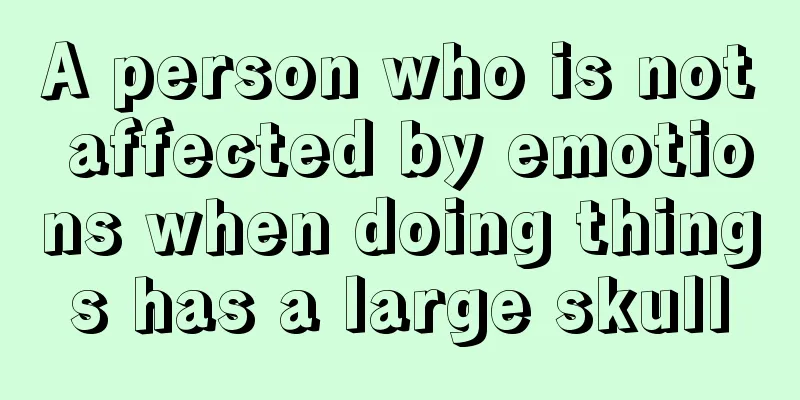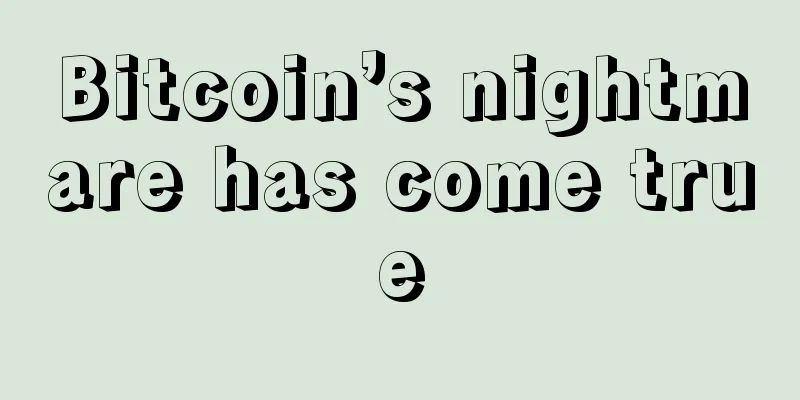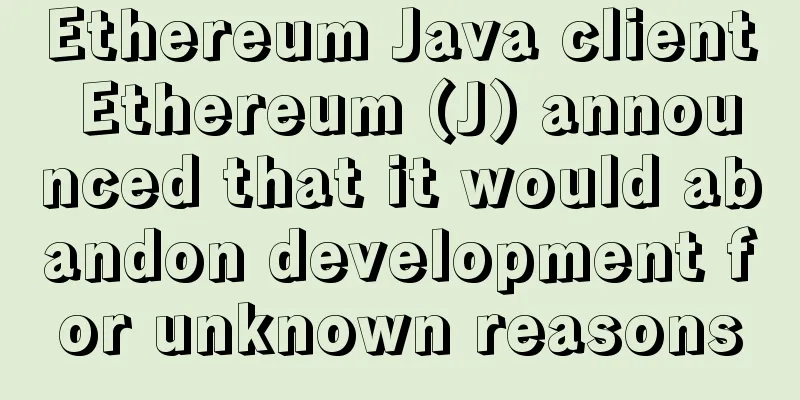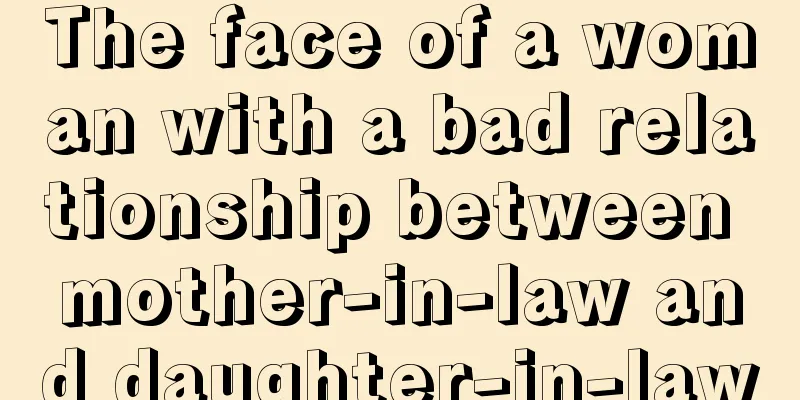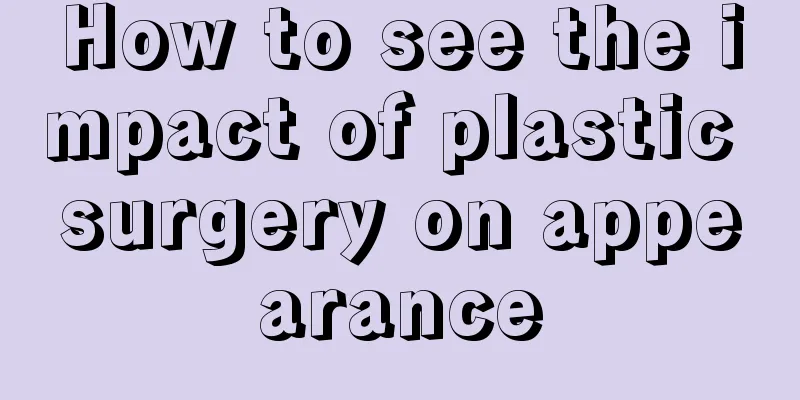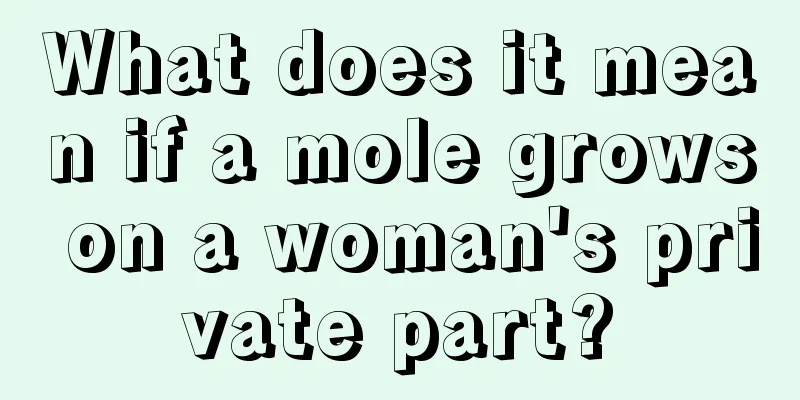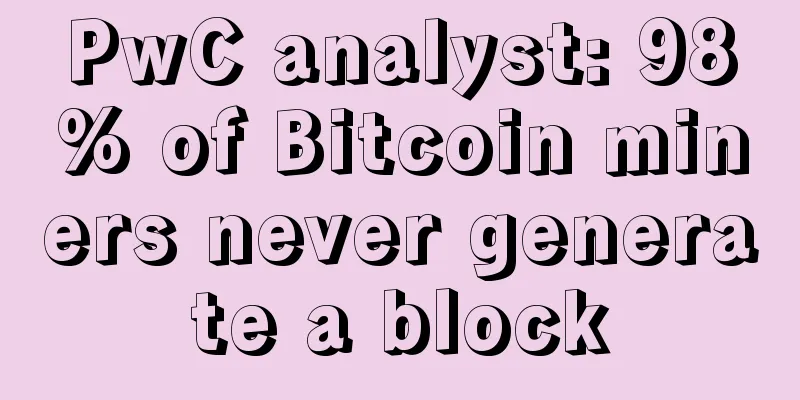Blockchain attracts central banks, Danes consider minting e-krona
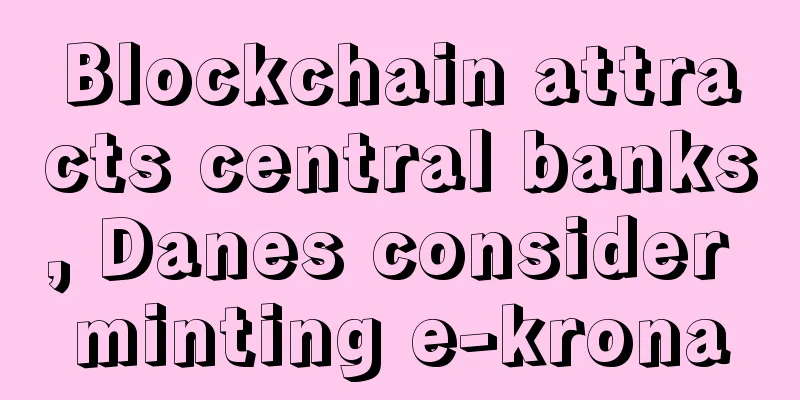
|
Rage Commentary : Central banks in more and more countries are beginning to question the significance of printing paper money. Cash managers in Denmark are beginning to seek an alternative virtual currency; the UK and Sweden are blazing a trail in continental Europe; Singapore and Canada have already experimented with a blockchain currency system for Internet payments. Bank officials said that blockchain technology or other types of the technology will become a typical template for virtual currency. Translation: Flora More and more central banks are beginning to question the point of printing money. In Denmark, cash managers are beginning to seek an alternative virtual currency, which they believe will make crime harder and regulation easier. The Danes are not the only ones thinking this way. Britain and Sweden are blazing a trail on the continent. Singapore and Canada have tested blockchain currency systems for internet payments. Lars Rohde, an administrator in Copenhagen who will no longer be responsible for regulating the cash printing industry in 2017, is supportive of the virtual currency proposal and cites its advantages of reducing transaction costs. But at the same time, the plan also carries great risks. This is uncharted territory, and the potential for unexpected consequences could upend the entire economy. Denmark's central bank will outsource its money-making business in 2017. Finland will mint coins, but it has yet to be decided who will print Denmark's banknotes. While cash won't disappear completely, Denmark is exploring some cheaper and more efficient alternatives. Denmark's central bank estimates that using banknotes costs society at least twice as much as using credit and debit cards. Safety Net Today, the development of electronic money is no longer a technical challenge. Lars Rohde Rohde told Danish Capital in an interview on December 5:
In Denmark, only about 20% of transactions are done in cash, and this cash accounts for less than a third of the total supply, so the safety net should not be withdrawn from the electronic payment system. “We’re missing the point at all,” Rohde said. “Cash and tickets are not an option for electronic payments. We crossed the line years ago.” Blockchain Denmark’s central bank said that “blockchain technology, or other types of technology” would be a typical template for virtual currencies. Rohde said the central bank is exploring whether the electronic currency it produces "should be anonymous." The e-krona would have a serial number to ensure that the unit can always be traced. This is a concept developed from Bitcoin. When Bitcoin was first created, it was intended to circumvent the central bank to a certain extent. According to Lasse Birk Olesen, co-founder of Coinify, a fintech company that is developing blockchain infrastructure for Nordic payments company Nets A/S, central banks’ use of blockchain requires trust between a country’s citizens and financial authorities, meaning the model is more suitable for developed, transparent countries. Lasse Birk Olesen He said:
Changing society As for the social implications of switching to this model, Rohde said the Danish central bank still has many questions, including whether the central bank should monitor transactions. Such oversight can be politically distasteful, especially at a time when consumers are resentful of companies snooping into their privacy and trying to advertise and sell their products in various ways. Rohde said there is also a weird idea that a central bank is needed to produce virtual currencies. He said:
“It will be solved, but first we need to answer a lot of interesting questions,” Rohde said. |
<<: A16z, USV invest $10 million in blockchain token trading firm
>>: Intel wins over blockchain critics by recreating Bitcoin's DNA
Recommend
What blockchain brings to mankind is not a technology, but a global economic "republic"
Blockchain, a concept that was almost ignored a y...
Bitcoin is stable, and the meme sector is hot
On Friday, mainstream crypto tokens were stable. ...
Girls with masculine features are mostly beautiful girls.
Girls don’t want their faces to be too masculine,...
Do you know the difference between a garlic nose and a lion nose?
The nose is located in the wealth palace of the t...
Boxing champion Tyson launches Bitcoin wallet app
Former world-famous heavyweight boxing champion M...
How will the fortune of a woman with a pointed chin develop in her middle age?
If a person's fortune is divided into stages,...
Reading the Artist's Eyes
Reading the Artist's Eyes The eyes are the wi...
How to predict your wealth through foot reading
How to predict your wealth through foot reading 1...
Seven facial features of a good family man
Family is the most important part of everyone'...
What does a red mole on the neck mean? It depends on the location
It is not uncommon to have moles on the neck, but...
What does the yellow-haired, pointed-mouthed, delicious, bottomless face look like? What's the saying?
As the name of "yellow-haired, pointed-mouth...
What kind of people lack humanity?
People like to be with people who value feelings,...
Sitting posture to see your inner world
Sitting posture to see your inner world A person&...
What about women with moles in their philtrum? They are very popular with the opposite sex and have many romantic opportunities!
What does a mole in a woman’s philtrum mean? The ...
Blockchain hype will drive up Bitcoin prices
XBT provider, which is well-known for its Bitcoin...
